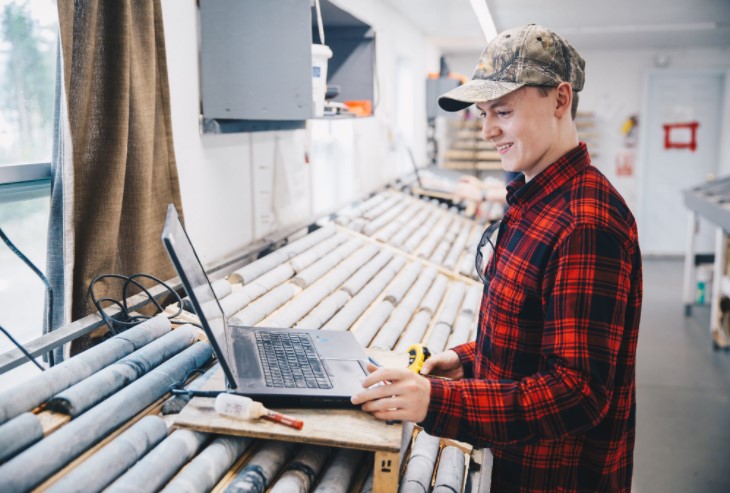Marathon Gold reports Berry drill results from Valentine project

Highlights of recent assays include the following:
- VL-21-1035 intersected 22.97 g/t gold over 6 metres (including 133.13 g/t over 1 metre); 1.73 g/t over 39 metres (including 39.51 g/t over 1 metre); 1.51 g/t over 31 metres; and 2 g/t gold over 15 metres;
- VL-21-1038 intersected 25.38 g/t gold over 4 metres, including 98.08 g/t over 1 metre;
- VL-21-1030 intersected 2.5 g/t gold over 27 metres, including 13.9 g/t over 1 metre;
- VL-21-1027 intersected 3.04 g/t gold over 22 metres, including 11.49 g/t over 2 metres;
- VL-21-1036 intersected 1.54 g/t gold over 33 metres, including 11.08 g/t over 1 metre; and
- VL-21-1032 intersected 6.07 g/t gold over 8 metres including 24.38 g/t over 1 metre.
Marathon owns 100% of the Valentine project, which contains the largest gold resource in Atlantic Canada at 4.8 million oz. The measured and indicated resource comes to 3.1 million oz. in 56.7 million tonnes averaging 1.72 g/t gold, with inferred resources contributing 1.6 million oz. in 29.6 million tonnes grading 1.97 g/t gold.
The March 2021 feasibility study for Valentine foresees an operation with an initial capex of C$305 million and a 13-year mine life. Gold could be produced at an all-in sustaining cost of $833 per oz. The project carries a net present value (9% discount) of C$600 million and an after-tax internal rate of return of 31.5% using a gold price of $1,500 per oz.
Marathon plans to begin major site works next year. According to the feasibility study, about 173,000 oz. of gold would be produced annually from 2024 through 2033, dropping to 56,000 oz. as the stockpile is treated in the final three years.
(This article first appeared in the Canadian Mining Journal)




